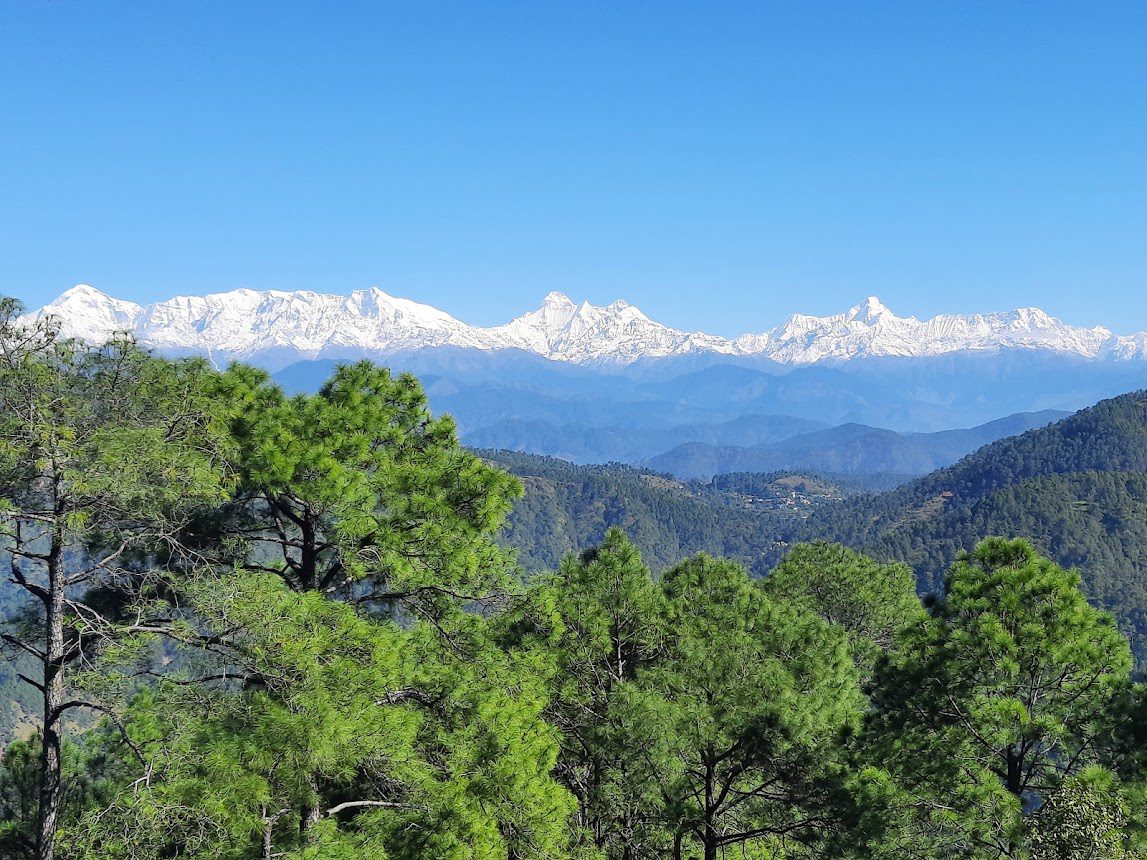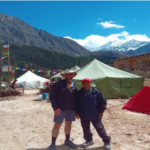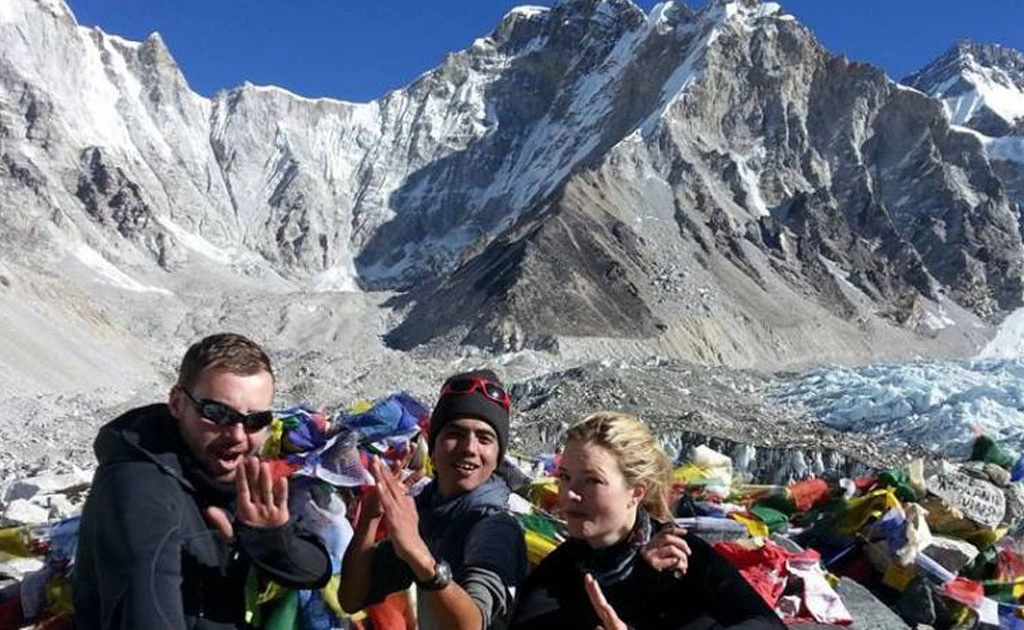Nestled in the northern reaches of Nepal, the Langtang Valley offers one of the most accessible yet remarkably pristine trekking experiences in the Himalayas. Trek packages to this enchanting region provide adventurers with a seamless journey through dramatic landscapes, authentic cultural encounters, and breathtaking mountain vistas—all within striking distance of Kathmandu. For travelers seeking a perfect balance of adventure, cultural immersion, and logistical convenience, a Langtang Valley trek package delivers exceptional value and unforgettable memories.
Understanding Langtang Valley Trek Packages
A comprehensive Langtang Valley trek package typically bundles essential services and amenities required for a successful Himalayan adventure. These all-inclusive offerings eliminate logistical hurdles, allowing trekkers to focus entirely on the experience rather than complicated arrangements. Most packages include:
- Transportation: Round-trip transfers between Kathmandu and Syabrubesi (trailhead)
- Accommodations: Teahouse lodging throughout the trek and hotel stays in Kathmandu
- Meals: Full board during the trek (breakfast, lunch, dinner) and select meals in Kathmandu
- Permits: Langtang National Park entry permit and TIMS (Trekkers’ Information Management System) card
- Professional Guide: English-speaking, licensed trekking guide with extensive regional knowledge
- Porters: Support staff to carry the bulk of your equipment (typically 1 porter for every 2 trekkers)
- Insurance: Coverage for guides and porters as mandated by Nepali regulations
Premium packages may additionally include welcome/farewell dinners, cultural programs, supplementary oxygen for emergencies, comprehensive first aid kits, and even satellite phones for remote communication.
The Classic Langtang Valley Trek Package Itinerary
Most standard packages follow a similar itinerary spanning 7-10 days, though shorter and extended versions exist to accommodate various preferences and time constraints.
Day 1: Kathmandu to Syabrubesi (1,550m)
The journey begins with a scenic 7-8 hour drive from Kathmandu, winding through terraced hillsides and picturesque villages before arriving at the trailhead town of Syabrubesi.
Day 2: Syabrubesi to Lama Hotel (2,380m)
The first day of trekking follows the Langtang River through lush forests of rhododendron, bamboo, and oak. Wildlife sightings may include langur monkeys and various bird species. The day concludes at Lama Hotel, a collection of teahouses in a forested setting.
Day 3: Lama Hotel to Langtang Village (3,430m)
As the trail gains elevation, the dense forest gives way to more open terrain. Mountain views become increasingly spectacular, with tantalizing glimpses of Langtang Lirung (7,227m). The rebuilt Langtang Village serves as the night’s destination, offering insights into the region’s remarkable post-earthquake recovery.
Day 4: Langtang Village to Kyanjin Gompa (3,870m)
A shorter day of trekking leads to Kyanjin Gompa, the highest permanent settlement in the valley. The landscape transforms dramatically as you enter the upper valley, with sweeping views of surrounding peaks and glaciers.
Day 5: Acclimatization/Exploration Day at Kyanjin Gompa
Quality trek packages include a vital acclimatization day at Kyanjin Gompa. Options for this day include climbing Kyanjin Ri (4,773m) or Tserko Ri (4,984m) for panoramic views, visiting the local cheese factory, or exploring the ancient Buddhist monastery.
Days 6-7: Descent to Lama Hotel and Syabrubesi
The return journey retraces the path downvalley, with overnight stops typically planned to maximize comfort and enjoyment of different perspectives on the landscapes.
Day 8: Return to Kathmandu
The final day involves the drive back to Kathmandu, where most packages include a farewell dinner and a night at a comfortable hotel before departure.
Package Variations and Extensions
The modular nature of Langtang Valley trek packages allows for several appealing variations:
Langtang Gosainkunda Package: Extends the standard itinerary by 3-4 days to include the sacred high-altitude lakes of Gosainkunda (4,380m), requiring a challenging crossing of Laurebina Pass (4,610m).
Langtang with Tamang Heritage Trail: Combines natural beauty with deeper cultural immersion by including traditional Tamang villages like Gatlang, Tatopani, and Briddim, adding 3-5 days to the standard itinerary.
Langtang-Helambu Traverse: The most comprehensive option connects Langtang to the Helambu region via Gosainkunda, creating a 12-14 day journey showcasing remarkable geographic and cultural diversity.
Seasonal Considerations for Package Selection
The ideal timing for a Langtang Valley trek package depends on personal preferences and priorities:
Spring Packages (March-May): Offer moderate temperatures, clear morning views, and spectacular rhododendron blooms that transform the lower trails into a riot of color.
Autumn Packages (September-November): Feature stable weather, exceptional mountain visibility, and comfortable daytime temperatures, though nights grow increasingly cold at higher elevations.
Winter Packages (December-February): Cater to adventurous trekkers prepared for cold conditions, offering pristine snow-covered landscapes and crystal-clear mountain panoramas with significantly fewer fellow trekkers.
Monsoon Packages (June-August): Less common due to rain, potential landslides, and clouded mountain views, though some specialized operators offer discounted rates during these months for budget-conscious travelers willing to compromise on views.
Selecting the Right Trek Package Provider
The quality of your Langtang experience depends significantly on choosing a reputable trek package provider. Consider these factors when selecting:
- Experience and Specialization: Providers with extensive history in the Langtang region typically offer more nuanced, authentic experiences.
- Guide Qualifications: Ensure guides are licensed, English-proficient, trained in first aid, and ideally native to the region.
- Group Size: Smaller groups (4-10 trekkers) generally provide more personalized experiences and flexibility.
- Sustainability Practices: Responsible operators emphasize environmental protection, fair porter treatment, and community support.
- Reviews and Testimonials: Seek feedback from previous clients across multiple platforms beyond the operator’s website.
- Transparent Pricing: Quality packages clearly outline what’s included and excluded, with no hidden costs.
Cost Considerations
Langtang Valley trek packages vary in price based on duration, season, group size, and included amenities. General price ranges include:
- Budget Packages: $600-800 for standard 7-8 day itineraries with basic amenities
- Mid-Range Packages: $800-1,200 for comprehensive services and slightly more comfortable accommodations
- Premium Packages: $1,200+ for smaller groups, enhanced amenities, and specialized guides
These prices typically drop 10-20% during off-peak seasons, with additional discounts often available for larger groups.
Frequently Asked Questions
Q: Is the Langtang Valley trek suitable for beginners?
A: Yes, the standard Langtang Valley trek is considered moderate in difficulty and appropriate for reasonably fit beginners, especially when undertaken as part of an organized package with professional guides.
Q: What level of physical fitness is required?
A: Moderate fitness is sufficient for the standard route. The ability to walk 5-6 hours daily over varying terrain for several consecutive days is adequate preparation.
Q: How much should I tip guides and porters?
A: While included in the package price, tipping is customary and appreciated. Standard rates are $8-10 per day for guides and $5-7 per day for porters, typically presented at the journey’s conclusion.
Q: Are solo travelers accommodated in trek packages?
A: Yes, most operators offer “join-in” group departures where solo travelers can join existing groups, though a single supplement may apply for private accommodations.
Q: Is travel insurance included in trek packages?
A: Most packages include insurance for guides and porters but not for trekkers. Personal travel insurance with adequate coverage for high-altitude trekking and emergency evacuation is strongly recommended.










